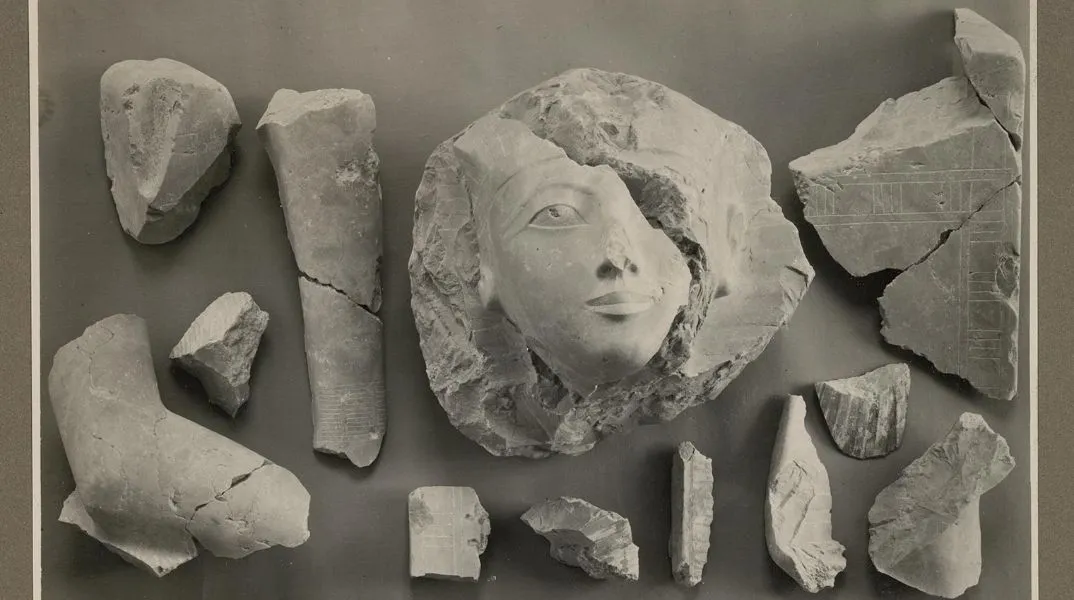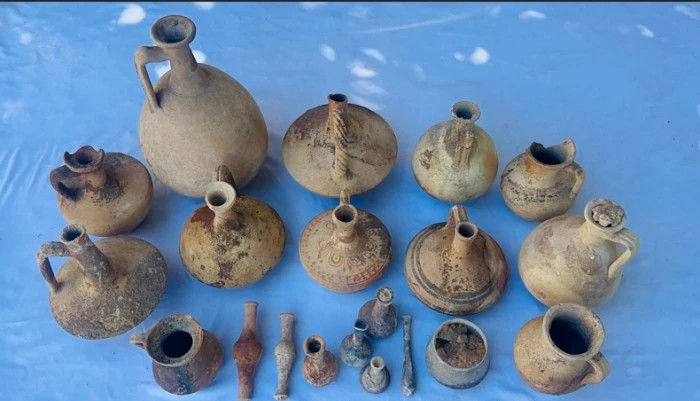BY THE ARCHAEOLOGIST EDITOR GROUP
The Anasazi people are among the most mysterious and fascinating of North America's ancient cultures. The Navajo word for "Ancient Ones" (Anasazi) refers to a group of people who were around between 200 B.C. and 1300 A.D. and who are thought to have inhabited the American Southwest. The cliff dwellings, pueblos, and kivas of their civilization are among the most remarkable examples of human construction ever. Nevertheless, the Anasazi people and their culture continue to be shrouded in mystery, despite their many achievements.
What happened to the Anasazi?
The mysterious demise of the Anasazi people is one of the most fascinating aspects of their culture. The Anasazi vanished without a trace, despite having a sophisticated culture. Nobody knows for sure what happened to them, but there are lots of theories.
Environmental changes, it is hypothesized, necessitated their departure. The Anasazi people experienced regular droughts and other natural disasters because of where they lived. They may have been compelled to leave their homes and move to new locations in search of supplies.
There's also the possibility that warfare or disease wiped them out. The Anasazi may have been attacked by neighboring tribes because they lived in an area with many others. It's possible that the arrival of European diseases contributed to their demise as well.
photo by Paolo Rosa, flickr
Anasazi ruins
Mesa Verde National Park
Colorado
Where is the Anasazi tribe located?
The Anasazi left many traces of their culture, even though their disappearance is shrouded in mystery. One of the most enduring traces of their culture are the magnificent buildings they left behind. They used natural materials like adobe, stone, and wood to carve their homes into the sides of cliffs. Many of their buildings are still standing, giving modern observers a glimpse into the Anasazi culture.
The Cliff Palace in Colorado's Mesa Verde National Park is widely regarded as the finest surviving example of Anasazi architecture. One of the largest cliff dwellings in North America, this complex is built into the side of a cliff. There are more than 150 rooms there, and historians estimate that it once housed 100 people. The Cliff Palace is a remarkable example of Anasazi engineering and construction sophistication.
Did the Anasazi sacrifice humans?
The Anasazi people's religious beliefs are also very significant. Kivas, or circular underground rooms, were commonly used for religious ceremonies by the Anasazi. A ladder was usually required to enter these structures because they were constructed below ground. Kivas served as places for worship, gatherings, and even temporary storage.
Archaeologists Christy and Jacqueline Turner have examined many Anasazi skeletal remains. They discovered that nearly 300 individuals had been victims of cannibalism. The Turners found that the bones had butcher cuts and showed evidence of being cooked in a pot.
source: Wallpaper flare
Anasazi native rock art
Similarly sophisticated was the Anasazi society. They organized themselves into small communities, each of which had its own chief or headman. The Anasazi were well known for their elaborately decorated pottery, which was frequently used in ritual contexts. Turquoise, pottery, and shells were just some of the items they traded with neighboring communities via a sophisticated network of intermediaries.
There are many unanswered questions about Anasazi culture, despite the many hints they left behind. The function of their structures remains a mystery. The cliff dwellings are just one example of the many buildings that were constructed in inaccessible areas. No one seems to know why they settled there or what their structures were for.
What language did the Anasazi speak?
The Anasazi are the ancestors of the modern Pueblo peoples, such as the Hopi, Zuni, Taos, Acoma, and others. Given this lineage, it is believed that the Ancient Puebloans spoke languages that are ancestral to the modern Tanoan and Keresan languages, among others. However, it's important to note that precise identification of the specific languages they spoke is challenging due to the lack of written records from the Anasazi period.
Today, the modern Pueblo tribes speak various languages, but these languages provide the best clues we have as to what the Anasazi might have spoken.
Anasazi Sandals
These are some old shoes. If they are in fact Anasazi shoes, they could be upwards of 3,000 years old. The fiber used might be from the yucca plant. It's weird to see the large strips used when the middle shows some finer work. Compare these to the sandals from the site in New Mexico known as Aztec. Those seem to have the fiber size that is in between these two.
Are the Anasazi related to the Aztecs?
Archeologists say the Anasazi are the trunk of the family trees of most Indian tribes now living on the two continents, including the Aztecs of Mexico, the Eskimos of Alaska, and the Seminoles of Florida.
The Anasazi (Ancient Puebloans) and the Aztecs are two distinct cultural and ethnic groups with different origins, languages, and histories. They lived in different regions and during different time periods.
However, there is a reason some might wonder about a connection. The name "Anasazi" is derived from a Navajo word that means "ancient enemies" or "enemy ancestors." The Navajo language, Diné bizaad, is from the Na-Dené language family, which is entirely different from the Uto-Aztecan family that Nahuatl belongs to. But "Aztec" sounds somewhat like "Anasazi," which can cause some confusion, even though they're unrelated terms from unrelated languages.
Their rock art and what it means are another mystery. The Anasazi left behind many intricate rock carvings and paintings, the meaning of which is largely a mystery. Researchers are split on whether or not they had any meaning beyond their aesthetic value; some think they may have had religious or symbolic significance.
In conclusion, the Anasazi people and their culture are intriguing and mysterious. It is unclear what their daily lives were like, despite their fascinating architecture and religious practices. The mysterious circumstances of their disappearance add to the allure of Anasazi culture.










